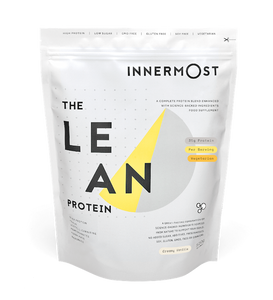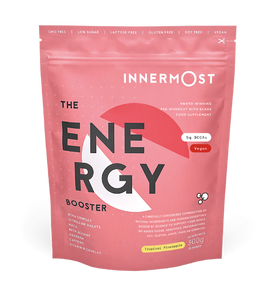Instagram isn’t all photos of avocado toast and cat videos. It can be just the place to find serious inspiration for your next workout. It's also the home of the iconic community of women weightlifters. Oh yeah.
Whether you’re a seasoned lifter or are just getting started, it can be tricky to find motivation - especially the sport is traditionally male-focused.
Finding someone who looks like you succeeding and giving their all could be the difference between giving weightlifting a proper go and giving it up completely.
Thankfully, the platform boasts a wealth of strong women who really know their way around a gym. We’ve assembled some super inspiring female weightlifters for you to channel during your next workout. Female weightlifting is a great source of weightlifting inspiration regardless of your ability, as some of these bad ass women are the best in the game.
Check them out...
Sohee Lee
If you want not only incredibly well thought out workouts but to find out the science behind why and how they work, Sohee is the influencer to follow. She has a masters degree in psychology and is a certified strength and conditioning coach and nutritionist, and is currently completing a PhD in Sports Science.
Her posts focus on debunking female weightlifting myths and breaking down exercises for her followers, empowering them to make their own choices. Male, or female.
QiQi H
For some self-love women weightlifters inspiration, QiQi H is the one. Her lifting started as a bid for a healthier lifestyle, so her content is very relatable and covers cardio and HIIT as well as heavy lifting.
For a dose of sunshine in your feed, she can’t be beat. Plus her workout outfit are truly goals - you’ll be inspired to up your weightlifting inspiration and leggings game.
Nancy Gonzalez
Not everyone who’s into female weightlifting is at the ideal point in their journey, and Nancy understands that. She focuses on the process more than the end result, which is a healthy, positive attitude to take.
Her uplifting captions are exactly what you want to read on a day when you really don’t want to step foot inside a gym. Her account will help you to remember the reason you started lifting in the first place.
Sophie Butler
The very definition of inspiring, Sophie shows that there’s excuse for not following your passions. She continues to post her fitness journey and tips after injuring her spine during training in 2017.
Now, her grid is full of routines that will prove you can lift heavier weights than you ever thought you could. Definitely one to follow.
Courtney Pruce
Courtney hosts online fitness classes and her infectious positive energy will put a smile on your face and motivate you to lift heavier, work harder and always give your best.



















